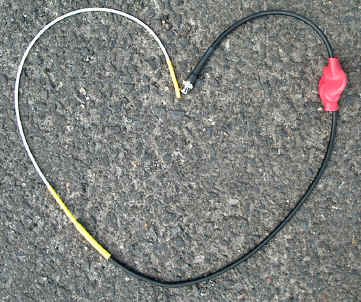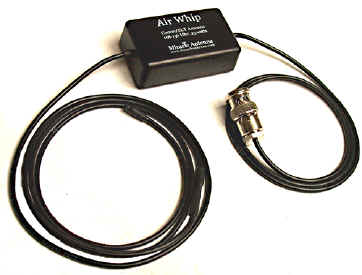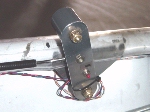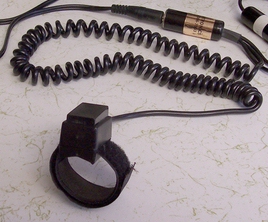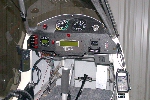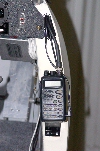The following installation is to mount the Intercom Controller on the front side of the front seat down tubes. However, for a taller pilot, it would be far better to install the controller on the rear side of the down tubes.
Using a piece of scrap aluminum sheeting, measure, cut and rivet the aluminum plate to the front seat down tubes.
By opening the intercom casing, you can drill through the intercom back panel and aluminum sheeting to mount and rivet the intercom controller to the sheeting. This location is suitable for ease of adjusting the volume controls by either pilot or passenger.








